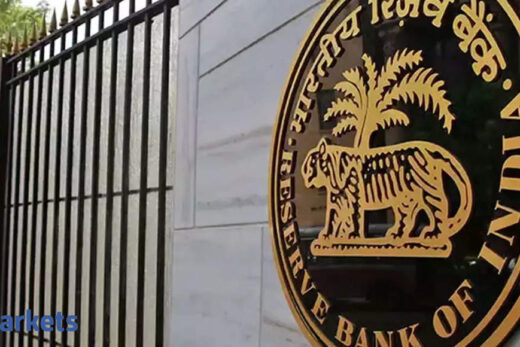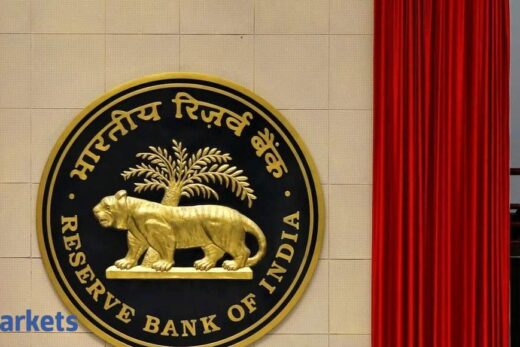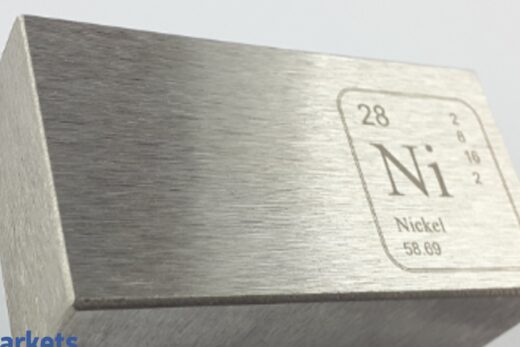The rating agency expects stressed loans to rise to between Rs 1.5 lakh crore-Rs 1.8 lakh crore or 6% to 7.5% of the assets under management (AUM), by the end of the current fiscal ending March 2021, up from about 4% a year earlier, led by a sharp increase in stress in unsecured personal loans, real esate financing and loans to micro and small enterprises.
Crisil expects gross non performing assets (NPAs) from personal loans to increase to 9.5% to 10% of loans in March 2021 from 2.2% a year earlier. Similarly NPAs from real estate financing could quadruple to 15% to 20% from 4.5% in March 2020 while 7.5% to 8% loans to MSMEs could slip into NPAs from 3.4% as of March 2020.
Crisil said that unlike previous crises, the pandemic has impacted almost all NBFC asset segments as a lockdown in the first quarter of the fiscal led to operations being curbed impacting both disbursements and collections severely.
“This fiscal has bought unprecedented challenges to the fore for NBFCs. Collection efficiencies, after deteriorating sharply, have now improved, but are still not at pre-pandemic levels. There is a marked increase in overdues across certain segments and players. Nevertheless, gold loans and home loans should stay resilient, with the least impact among segments,” said Krishnan Sitharaman, senior director, Crisil Ratings.
The one-time restructuring window offered by the Reserve Bank of India (RBI) will limit the reported NPAs. Improvement in collection efficiency in the second half of the fiscal will also limit the damage but it’s still some way off pre-pandemic levels in the MSME, unsecured and wholesale segments.
Collection efficiencies in gold loans and home loans are close to 100% but MSME and unsecured loans are at 80% to 85% while real estate financing efficiencies have dropped to 75% to 80%, Crisil said. Vehicle finance efficiences though at 90% to 95% are improving.
“For vehicle finance, we expect the impact to be transitory, and collection efficiencies to continue improving over the next few quarters as economic activity improves. The light commercial vehicle segment has seen collection efficiency steadily rising, while the medium and heavy commercial vehicles segment is lagging. The stress in this portfolio is likely to be driven by segments such as tourist bus, school bus and commercial car loans” Crisil said.
But unsecured personal loans has seen a significant increase in stress with early-bucket delinquencies more than doubling for many NBFCs.
“This segment had last seen such pressure in 2008-10, after the Global Financial Crisis. Unsecured loans to MSMEs is another area where underlying borrower cash flows have been affected,” the rating agency said.
Some NBFCs have curtailed the impact on asset quality via better risk management and collection processes.
“How NBFCs approach restructuring will differ by asset class and segment. While the traditional ones such as home loans have seen sub-1% restructuring, for unsecured loans it is substantially higher at 6-8% on average, and for vehicle loans 3-5%. A good proportion of real estate and structured credit is also expected to benefit from the RBI move to afford flexibility on Date of Commencement of Commercial Operations,” said Rahul Malik, associate director, Crisil Ratings.
Many NBFCs have reoriented their collection infrastructure and are using technology more centrally, which has improved their collection efficiencies. Many have also raised capital and increased provisioning to build stress-absorption capacity. Such steps will help limit the impact of asset quality challenges on NBFCs’ balance sheets in the days to come, the rating agency said.



